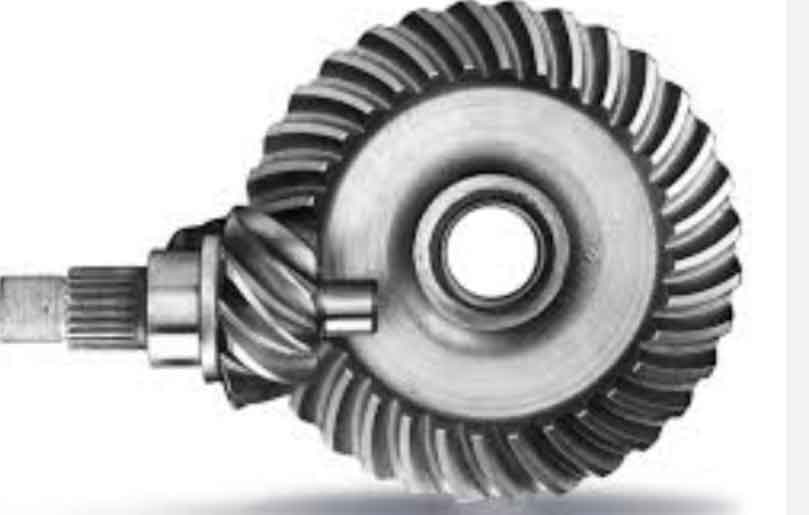
Hypoid gears are a type of spiral bevel gears that have significant advantages over traditional straight bevel gears in various industrial machinery applications. These gears are designed to transfer power efficiently and smoothly between non-intersecting axes, providing enhanced performance and durability. Let’s explore how hypoid gears enhance efficiency in industrial machinery:
- Power Transmission Efficiency: Hypoid gears are capable of transmitting power between shafts that are not in the same plane, enabling them to handle higher torque loads compared to traditional straight bevel gears. The unique spiral design allows for a more gradual engagement, reducing friction and wear, thus increasing overall power transmission efficiency.
- Greater Torque Capacity: The spiral configuration of hypoid gears increases the contact area between the teeth during operation. This design feature allows them to handle higher torque loads without sacrificing efficiency or generating excessive heat. As a result, hypoid gears are commonly used in heavy-duty machinery and automotive applications, where high torque is a requirement.
- Smoother Operation: The spiral nature of hypoid gears facilitates smoother meshing and engagement between the teeth compared to straight bevel gears. This reduced friction and quieter operation not only enhance the overall user experience but also reduce vibration, minimizing wear and tear on the gear components and improving the machinery’s reliability.
- Improved Lubrication: Due to the offset axes of hypoid gears, they require special lubrication arrangements, typically utilizing oil baths or forced lubrication. This lubrication method ensures constant and effective lubrication, leading to reduced friction, less heat generation, and increased gear lifespan.
- Compact Design: Hypoid gears are more compact than other gear types with similar torque capacity, making them ideal for applications where space is limited. This compactness allows machinery designers to optimize the layout and reduce the overall size and weight of the equipment.
- Versatile Applications: Hypoid gears find applications in a wide range of industries, including automotive, power tools, heavy machinery, marine, and aerospace. Their ability to efficiently transmit power at various angles and handle high torque makes them suitable for diverse applications.
- Efficient Torque Transfer: Unlike worm gears, which have a sliding action during engagement, hypoid gears have a rolling action. This rolling contact leads to lower frictional losses, resulting in higher efficiency and less energy wastage during torque transfer.
- Reduced Axle Shafts Angles: Hypoid gears allow for a more compact design by reducing the angle between the driving and driven axles compared to other types of spiral bevel gears. This design feature enables a more streamlined and efficient power transfer.
- Improved Heat Dissipation: The spiral arrangement of hypoid gears promotes better heat dissipation, as the contact between the gear teeth is spread out over a larger area. This helps prevent overheating, ensuring longer gear life and more reliable machinery operation.
Hypoid gears provide several advantages over traditional straight bevel gears, including higher power transmission efficiency, increased torque capacity, smoother operation, and a more compact design. These benefits make them a preferred choice in various industrial machinery applications where efficiency, durability, and reliable performance are crucial.
